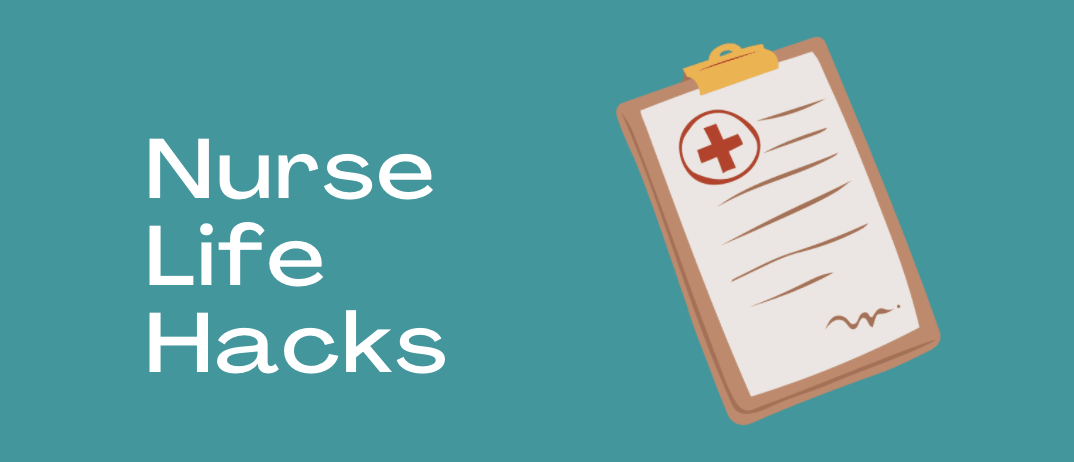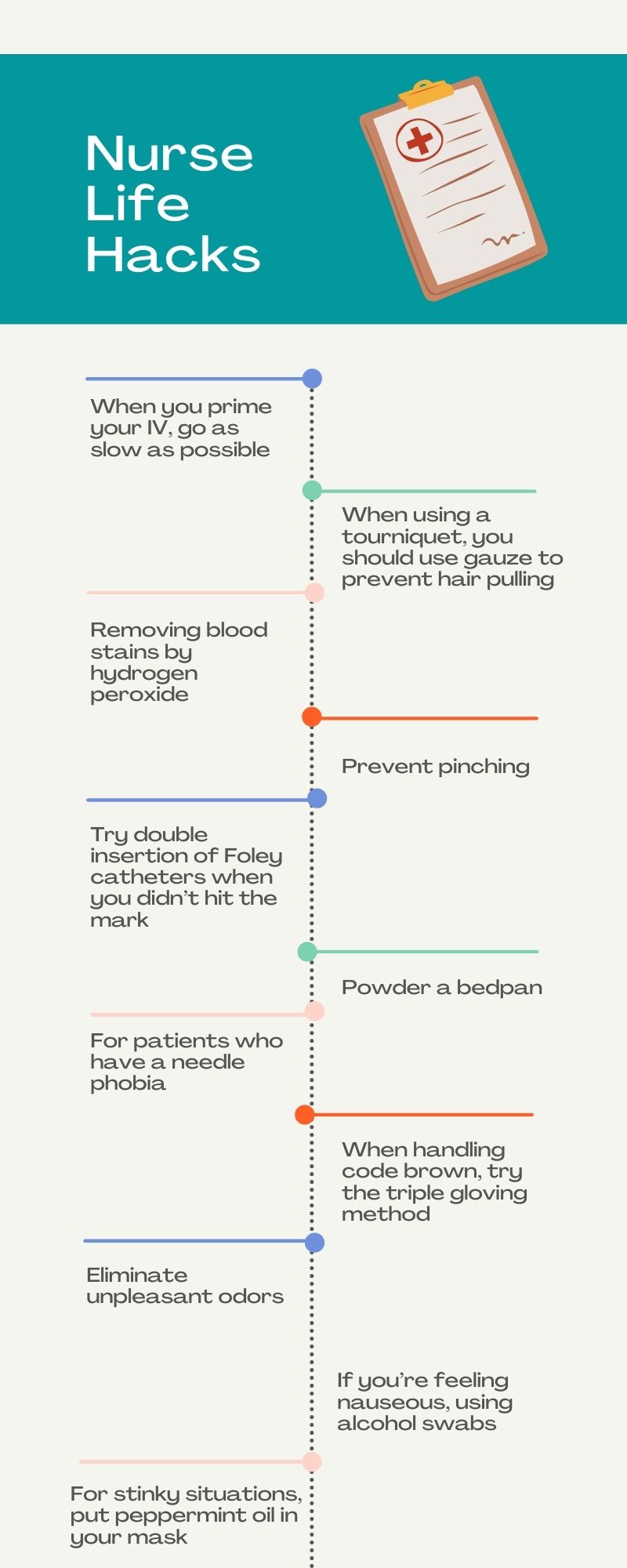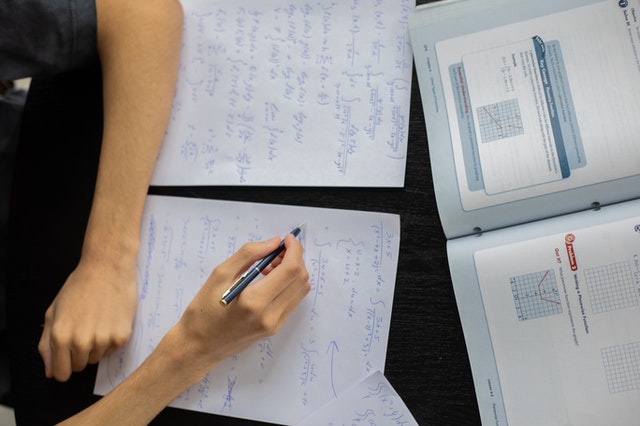Do you want to pass the HESI A2 vocabulary test with flying colors? For your benefit, we have written a study guide that is jam-packed with terms and meanings. The purpose of the HESI A2 vocabulary study guide is to assist you in memorizing and understanding the terms that will be on your Hesi exam. It features a list of key terms, their meanings, an example sentence, and recommendations for remembering them. This blog post should help you get ready for success, we hope!
Also, you can use what you learn right away by taking our HESI A2 practice test free 2024 with hundreds of practice questions.

What’s On the HESI A2 Vocabulary Test?
This test contains 55 multiple-choice items and a recommended 50-minute time limit for this portion of the HESI, but schools are free to use a different time limit. You should make it a point to verify the time limit with your school before you take the test. Like the other two sections, Vocabulary also contains five questions that won’t count toward your score because they’re being used for research and development purposes.
The HESI A2 Vocabulary Test is quite basic – it is designed to assess how extensive your vocabulary is, as well as your ability to identify the meaning of words you haven’t encountered before. This involves understanding an unfamiliar word by using context clues or word elements. Much of the reading you’ll do in nursing school will be on topics you’ve never read much about before, so you’ll need to have a good vocabulary. The exam will cover words that the average person uses every day, as well as more complex terms that most people do not use on a regular basis. It is necessary to keep in mind that the HESI’s Vocabulary section will also include some medical terminology. Medical terms are one area where memorizing several word roots, as well as prefixes and suffixes, will often be enough to make the meaning of a medical word clear, even if you’ve never seen it before.
Medical Terminology
Unlike many other jobs, a medical position requires a working knowledge of a litany of concepts and terms that are largely foreign to the populace at large. To brush up on this aspect of the medical field, read as much and as frequently as possible. Read textbooks, read journals and reports, and read articles related to the medical field. This will allow you to catch a glimpse not only of terminology but of usage as well.
Study terms and their usage. While vocabulary is essential to communicating and understanding others in the medical field, you must not only be able to identify the meanings of words, but also be able to put those words into action and place them properly in sentences. Be sure to also study context and placement.
Common Medical Prefixes and Their Meanings
In the HESI A2 Vocabulary Test, you may meet the questions about Medical Prefixes and Their Meanings.
Medical prefixes function the same way that standard prefixes do; they are used to alter the meaning of a root word. In the medical field, prefixes are usually used to describe the state of a patient, or a procedure. Here is a list of the most common medical prefixes and their meanings:
A/Ah ― Without
Arteri ― Artery
Arthro ― Bone joint
Bi ― Twice/double
Carcin ― Cancer
Chol ― Bile
Cis ― On the same side of
Crani ― Head/skull
Cyt ― Cell
Derm ― Skin
Ect ― Outer/outside
Ferri ― Iron
Gyn ― Woman
Hema ― Blood
Hist ― Tissue
Hyster ― Uterus
Kerat ― Cornea
Kinesi ― Movement
Lacto ― Milk
Leuko ― White
Mast ― Breast
Melan ― Black
Necro ― Death
Onco ― Tumor
Osseo ― Bone
Pan ― All/entire
Read more >> HESI A2 Reading Comprehension Study Guide
Common Medical Suffixes and Their Meanings
Like traditional suffixes, medical suffixes are used to bring further clarity to a root word and are attached to the end of a root. These words are frequently applied to words to denote an operation or procedure. The most common medical suffixes are identified as follows:
Ac/Acal ― Of/pertaining to
Aemia ― Blood condition
Algia ― Pain
Centesis ― Surgical puncture
Crine ― To secrete
Cyte ― Cell
Dynia ― Pain
Ectasis ― Expansion/dilation
Ectomy ― Surgical procedure/removal
Genic ― Formative
Gnosis ― Knowledge Graph ― Record/picture
Iasis ― Condition
Iatry ― Field of medicine
Icle ― Small
Ismus ― Spasm/contraction
Itis ― Inflammation
Lysis ― Destruction/separation
Oma ― Mass/collection
Penia ― Deficiency
Pepsia ― Digestion/digestive tract
Plasty ― Repair/reconstruction
Plexy ― Stroke/seizure
Rrhagia ― Rapid flow of blood
Scopy ― Viewing
Tensive ― Pressure
Common Vocabulary Concepts
“Vocabulary” is a word used to describe one’s verbal arsenal. Your vocabulary reflects significantly upon your breadth of knowledge, as it reveals how much exposure you have had to advanced concepts―not merely in the medical field, but in all academia, and even in day-to-day life. Someone with a well-rounded vocabulary is capable of retaining language needed to function on a coherent level with other adults and of engaging in more “high-minded” discussion, such as current events or academic concepts.
The greatest asset in developing a solid vocabulary is the ability to read thoroughly and efficiently. While some amount of your vocabulary can be developed through speaking and practice, reading exposes you to words you might not encounter any other way, and it reveals methods of speaking you might not have considered outside of your social circle. To develop a well-rounded vocabulary, place your primary focus on reading items of all natures, ranging from magazine articles to academic journals, to novels. Exposure is key to nurturing an expansive vocabulary.
To assist in your development, three basic vocabulary concepts are identified: prefixes, suffixes, and root words.
Prefixes
A prefix is an add-on placed ahead of a word to change or enhance its meaning. “Pre” is an example of a prefix used to denote “before.” “Post” is another prefix that denotes “after.” The following is a list of the most common prefixes and their meanings.
Anti ― Against
Co ― With/alongside
Dis ― Not
Ex ― Out of/former
Il/Im ― Not/without
Inter ― Between
Non ― Without
Omni ― All/every
Post ― After
Pre ― Before
Sub ― Under/below
Trans ― Across
Un ― Not
Suffixes
Suffix is also a type of questions that often appears in the HESI A2 Vocabulary Exam
Suffixes are the opposite of prefixes; they come after a word, though they are still used to change or further explain a root word. Suffixes can be more difficult to identify than prefixes, but as you read, you will find that you are familiar with most of the common suffixes used in the English language today. The most frequently used suffixes denote the passage of time.
Here is a list of the most common suffixes.
Able ― Capable/capable of being
Ate ― Become
Dom ― Place/state of being
Er ― More than/one who
Esque ― Like/reminiscent of
Ful ― Notable for
Ish ― Having the quality of
Ist ― One who
Ment ― Condition of
Ness ― State of being
Ship ― Position held
Y ― Characterized by
Roots
Roots are words that contain the idea or thought being prevailed upon by prefixes and suffixes. In the word “beautiful,” for instance, the root of the word is “beauty,” while the suffix is “ful.” Roots can be difficult to identify because they may require alteration to function with a prefix or suffix, as in the case of “beautiful.” For this reason, it is pivotal to familiarize yourself with common prefixes and suffixes; once you are familiar with the most common ones, you can more readily discover the root of words bearing additions. A few examples are given as follows:
Preview: “Pre” is the prefix, while “view” is the root.
Interchangeable: “Inter” is the prefix, “change” is the root, and “able” is the suffix.
Fanciful: “Fancy” is the root, while “ful” is the suffix.
Tips and tricks to remember the vocabulary
- Use flashcards. (List of good resources)
- Try to find words that have the same root or an obvious connection with each other and review them together.
- Review new vocabulary as soon as you see it, before moving on to more material in a coursebook, online lesson, etc. so that they are fresh in your mind.
- Use a vocabulary notebook to hold words and their definitions, as well as the derivation of each word if you know it
- Take advantage of online HESI A2 Vocabulary Practice Test resources that have prebuilt flashcards for every new word or use an app (you can find in passemall.com) that allows you to make your own cards with any word.
- Consider writing vocabulary words on your hand or arm with a permanent marker and then using an app to take pictures of the word so that it can be quickly looked up in case you forget what it means at any point.
- Look for different ways to practice the same thing, because when we do this material over and over again, we become more familiar with it and are less likely to forget.
- Be sure you’re practicing the pronunciation of new words in a variety of ways so that you can show what your word means without having to say anything at all!
How to study for the Hesi A2 vocabulary exam?
Practice, practice, and more practice are the key.
Get in the habit of studying vocabulary words several times in a single day so that you can refer back to them later if you forget what they mean or how they are pronounced
Try reciting new terms from your textbook loudly after reading them when you’re learning them for class.
In order to become familiar with the terms that are most frequently used in your class, try to locate synonyms and antonyms for them.
Have a list of new words in your vocabulary on hand, whether you write them down or use an app from passmall.com (which I highly recommend).
When you have some free time, review these words and try to incorporate them into a phrase.
You should also spend time studying the words in your class textbook because they frequently contain new vocabulary words or more challenging synonyms or antonyms that will provide context for how these phrases are used in daily life.
If you have trouble remembering what you are studying, consider searching up the word in a dictionary.
By utilizing these strategies, you will gradually increase your vocabulary, which will make studying easier and result in a more successful semester.
We strongly advise using our website, which includes a comprehensive HESI A2 study guide, practice tests with in-depth answer explanations, and quick quizzes to gauge your learning. By providing you with a solid foundation, it can aid in your exam day preparation.

PCCN vs CCRN: Which Certification Should I Take?
In this discussion, we will examine the fundamental distinctions between PCCN vs CCRN certifications, allowing you to make an informed and right decision about which certification is best for your nursing career progression.
June 20, 2023

Is PCCN Worth It? A Comprehensive 2025 Study Guide
In this article, we will provide all the enrollment criteria, how to apply, whether is PCCN worth it for you to obtain, and how to get a high mark.
June 20, 2023

PCCN Requirements - How to Become a Progressive Care Certified Nurse?
To become a progressive care nurse, you must first obtain the PCCN certification. This post will help you understand PCCN certification, PCCN requirements, and efficient approaches to obtaining this certification.
June 20, 2023


![The Ultimate Chemistry Study Guide For HESI A2 Exam [2024]](https://passemall.com/wp-content/uploads/2021/07/chemistry-study-guide.jpeg)


![Hesi A2 Grammar Practice Test [2024]](https://passemall.com/wp-content/uploads/2021/07/Hesi-A2-Grammar-Practice-Test-1.jpeg)
![HESI A2 Anatomy and Physiology Practice Test [2024]](https://passemall.com/wp-content/uploads/2021/07/HESI-A2-Anatomy-and-Physiology-Practice-Test-scaled.jpeg)







